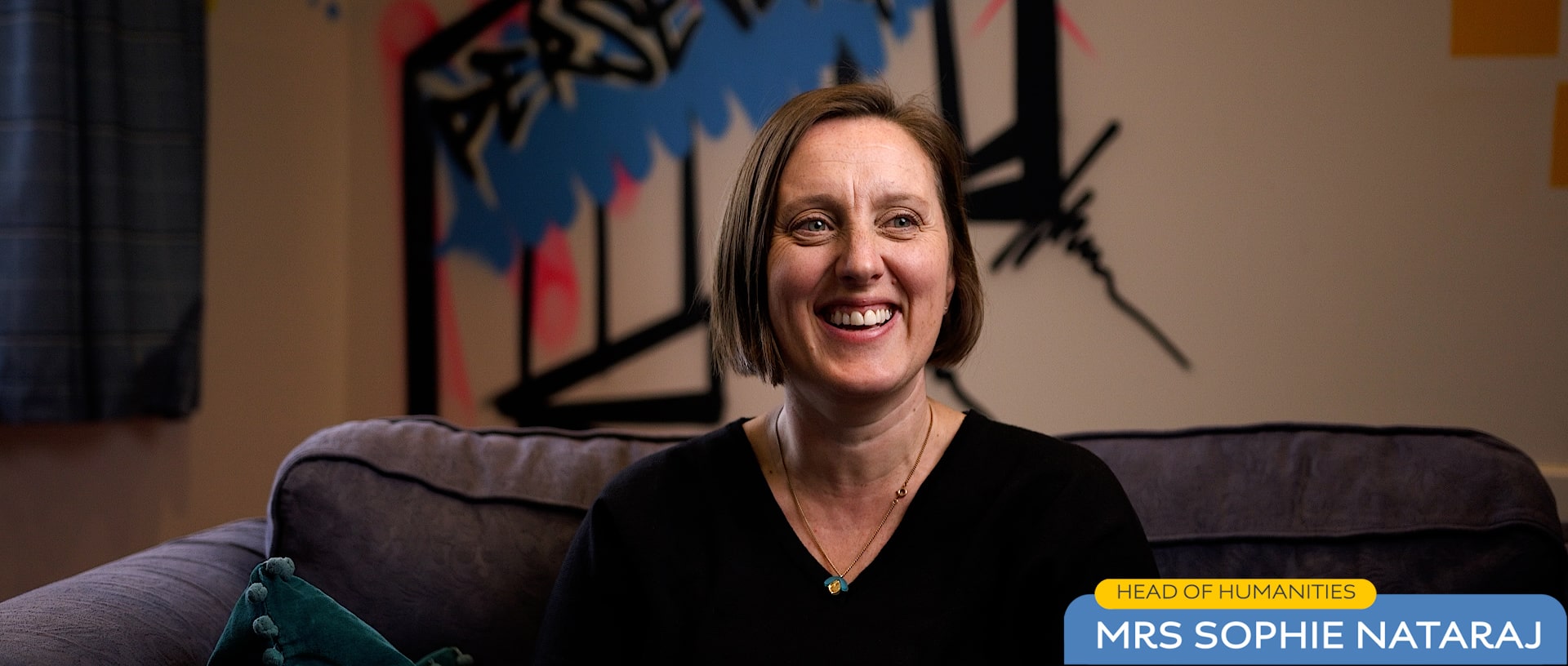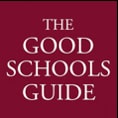The past influences all aspects of our lives and shapes the customs and beliefs of the communities to which we belong. Learning about the past and the methods used to study it helps children to make sense of the world in which they live. It’s also a fun subject, full of incredible stories about real people.
Topics are not studied in isolation but are viewed in relation to previous and future events, helping the pupils to see how one episode in humanity’s rich historical drama leads to the next. Topics start with Mesopotamian and Egyptian history in Form 1 and end with the Victorians in Form 6, preparing the ground for the study of the twentieth century at senior school.
It is also important to ensure that children are encouraged to ask ‘why, when, what and who’ so as not to take events at face value. ‘Fake news’ is not a new phenomenon and the History department also aims to provide children with the skills to identify fact from fiction, when studying past events.
Head of History, Mrs Sophie Nataraj






